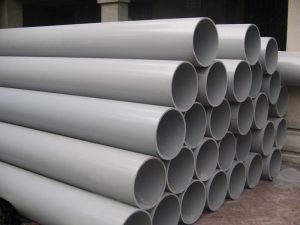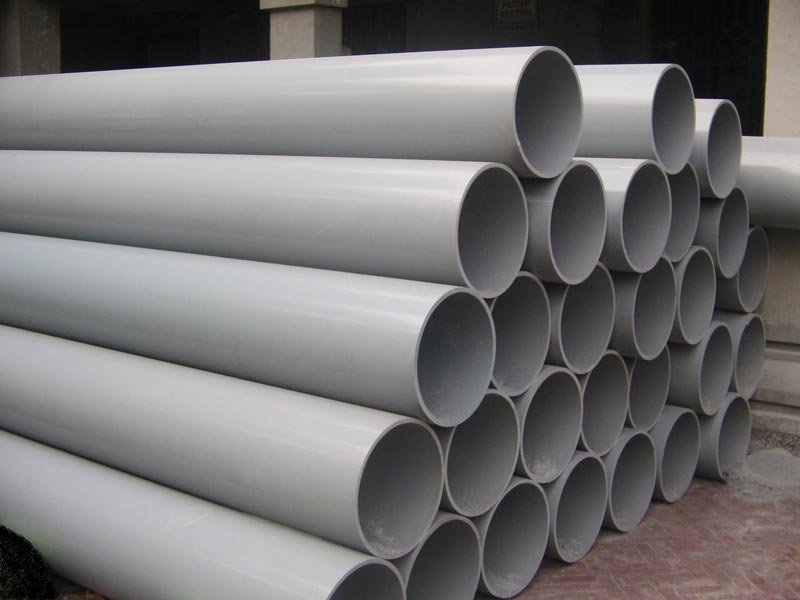
Subsurface pipes that carry waste and excess water from buildings and land come in a variety of materials. This type of drainage pipe has to be adapted both to the soil in which it will be installed and the volume of water it is expected to carry.
Clay
Ceramic and vitrified clay drainage pipes have been around for thousands of years. Clay has a reputation of being fragile and prone to root growth, but some of these ancient clay drainage systems still function today. Most Victorian and Edwardian homes in Britain still use clay pipes for drainage to the main sewer. Clay is the most environmentally friendly pipe material as it can be recycled, made with added extra clay or other ingredients. It is useful for household drainage as it is not affected by acids present in many foodstuffs. Even clay sewer pipe is unaffected by acids in untreated waste water. Shifting ground will damage a clay pipe. A concrete casing around it will add protection, but this may be expensive.
Polyvinyl chloride
Polyvinyl chloride pipes are the most economic option for drainage systems. PVC has become a popular material for domestic water supply as well as drainage systems because it is cheaper and easier to cut than metals such as copper. It doesn’t corrode in the ground like metal. The downside to PVC is its rigidity. The pipe may crack if installed incorrectly or by someone who is not familiar with PVC materials. The important factor when choosing PVC is to ensure that the contractor has verifiable expertise.
Corrugated polyethylene
High density polyethylene (HDPE) corrugated pipe is a strong, durable and long term solution for storm water management. This plastic is inert chemically and resistant to corrosion and abrasions. These drainage pipes can survive extremes of temperatures. HDPE is also a flexible material and so can work in situations where the soil and snow cover changes rapidly. The pipe can be made with watertight and silt-tight joints to avoid any danger of waste leaking into the ground. Drainage below motorways and in culverts is usually carried in a HDPE pipe. This is the most technologically advanced material to move storm and waste water.
Concrete
Concrete can be used as an outer protective layer for other pipe materials, on its own or reinforced. A reinforced concrete drainage pipe is the most durable of all piping products and the standard by which other materials are measured. These pipes are used in situations where the priority is structural integrity. Steel reinforced concrete pipes are used in culverts and large scale urban storm water drains as well as land drainage. Some concrete can be damaged by acids. A solution to this problem is a lining with an inert thermoplastic material such as PVC or polyethylene, a calcareous aggregate or a sacrificial concrete layer that will erode during the pipe’s lifetime.

